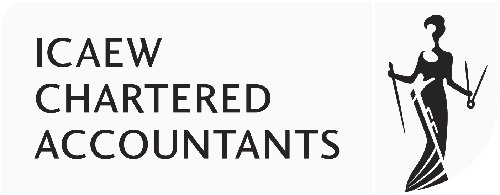UK and International Tax news
2017 Finance Bill Published
Friday 31st March 2017
The 2017 Finance Bill was published on 20 March 2017 and contains 135 clauses and 29 schedules in nearly 800 pages, which makes it the longest bill to date.
Amongst key provisions in the Bill are those relating to the reform of corporate loss utilisation rules in clauses 29 and 30, and schedule 9 and the deductibility for corporate interest contained in clause 31 and schedule 10.
Schedule 9 includes changes to the tax treatment of certain types of carried forward losses for corporation tax purposes. The new measures have been subject to extensive consultation, and with further changes and additions, the result contains long and complicated provisions running to over 100 pages.
The reform comprises two elements with (i) greater flexibility in how losses arising on or after 1 April 2017 can be relieved when they are carried forward, and (ii) a limitation on the amounts against which all carried forward losses (pre or post April 2017) can be relieved to a maximum 50% of profits, subject to an annual allowance of £5m.
Clause 30 contains rules on avoidance arrangements which counteract arrangements that exploit or circumvent the new legislation to obtain more loss relief than is intended by the new legislation.
The rules will apply to losses arising in the form of trading losses, expenses of management, non-trading loan relationship deficits, UK property business losses and non-trading losses on intangible fixed assets.
The new rules will apply to all losses arising on or after 1 April 2017.
The new corporate interest deductibility rules in Schedule 10 are supposed to be in line with the recommendations arising out of the OECD BEPS project which identified three key risk areas, being groups placing higher levels of third party debt in high tax countries, groups using intragroup loans to generate interest deductions in excess of the group’s actual third party interest expense, and groups using third party or intragroup financing to fund the generation of tax exempt income.
The translation of the OECD BEPS recommendations on restricting interest relief into UK legislation has been an extensive undertaking with the result – Schedule 10 – running to 156 pages.
Schedule 10 introduces a fixed ratio rule which limits an entity’s net deductions for interest and payments economically equivalent to interest to a percentage of its EBITDA. This is subject to a de minimis of £2 million of net interest expense within a group to which the new rules will not apply. All groups will continue to be able to deduct current period net interest expenses and similar financing costs up to that amount.
The fixed ratio method will limit the amount of net interest expense that a worldwide group can deduct against its taxable profits to 30% of its taxable EBITDA.
A modified debt cap within the new rules will ensure the net interest deduction does not exceed the total net interest expense of the worldwide group.
Groups may also make irrevocable “chargeable gains” and “alternative calculation” elections to make certain prescribed adjustments to the accounting figures more closely align them to how amounts of “interest” and “EBITDA” would be calculated. This election has effect for both the operation of the modified debt cap rule and the group ratio method.
Excluded from the scope of the main rules will be amounts of qualifying interest expense incurred by qualifying companies on funds invested in long term infrastructure for the public benefit.
There are also a number of detailed special rules to address particular issues including derivatives, double tax relief, the patent box and other tax incentives, joint ventures, the definition of interest in a banking trade, the oil and gas tax regime, REITs, investments held by insurance companies, members of Lloyd’s, the tonnage tax regime, fair value accounting, co-operative and community benefit societies, payments to charities, leases, related parties, and securitisation companies. There is also a regime-wide anti-avoidance rule.
The new rules apply to accounting periods starting on or after 1 April 2017. Where the group draws up accounts which straddle 1 April 2017, the rules apply as if accounts were drawn up for two separate periods, one ending 31 March 2017 and another starting on 1 April 2017.
Contact Us


